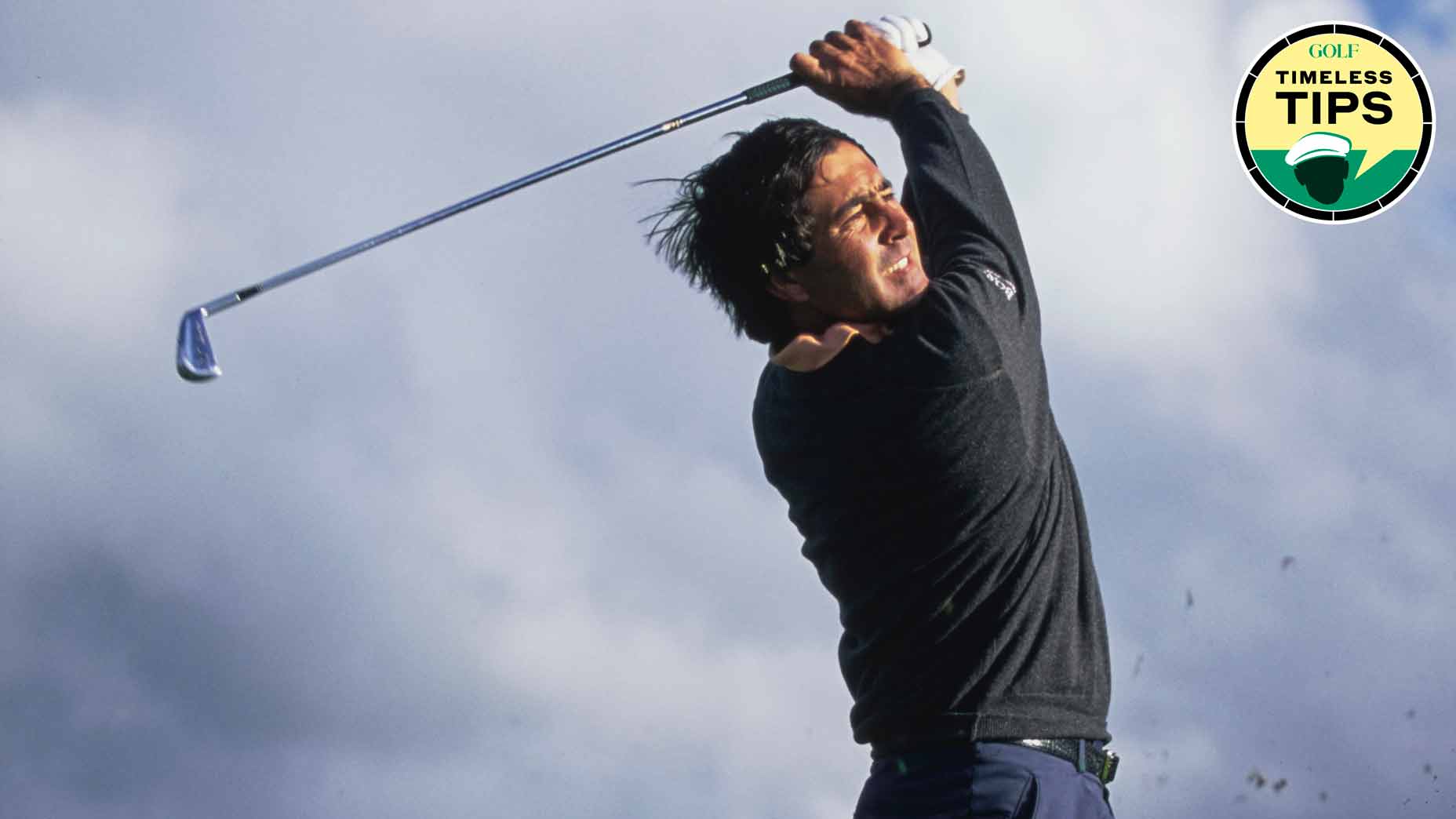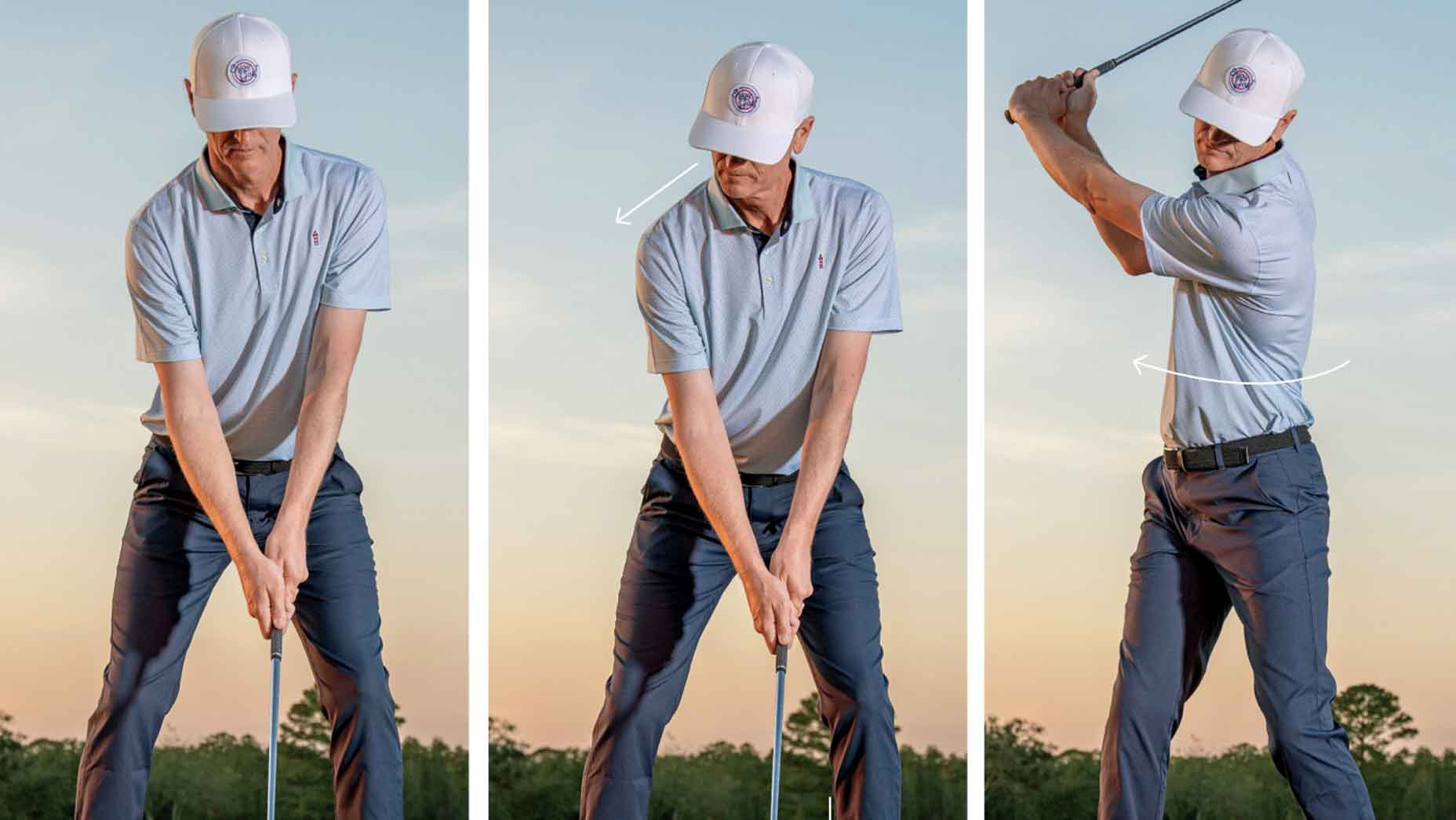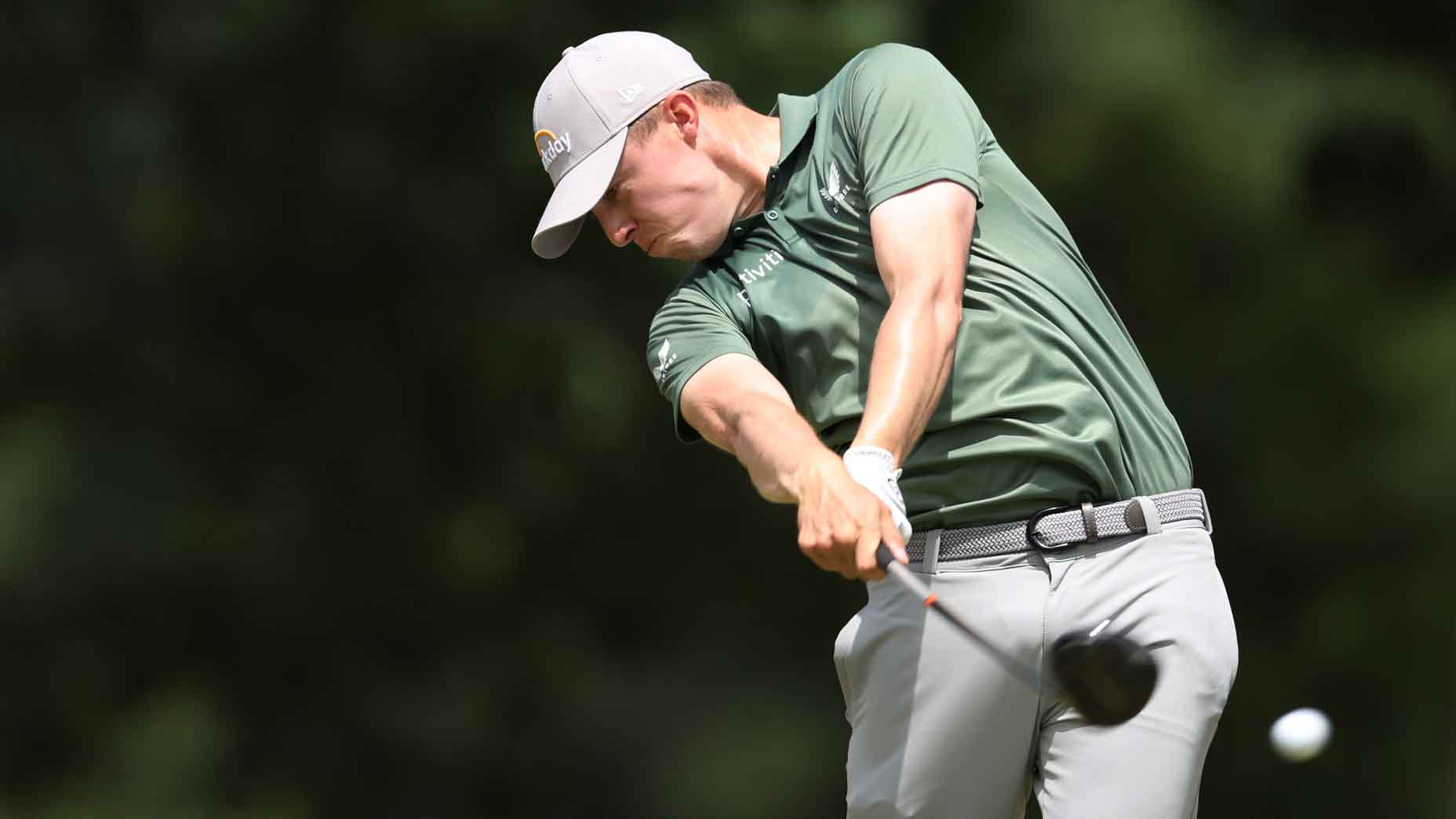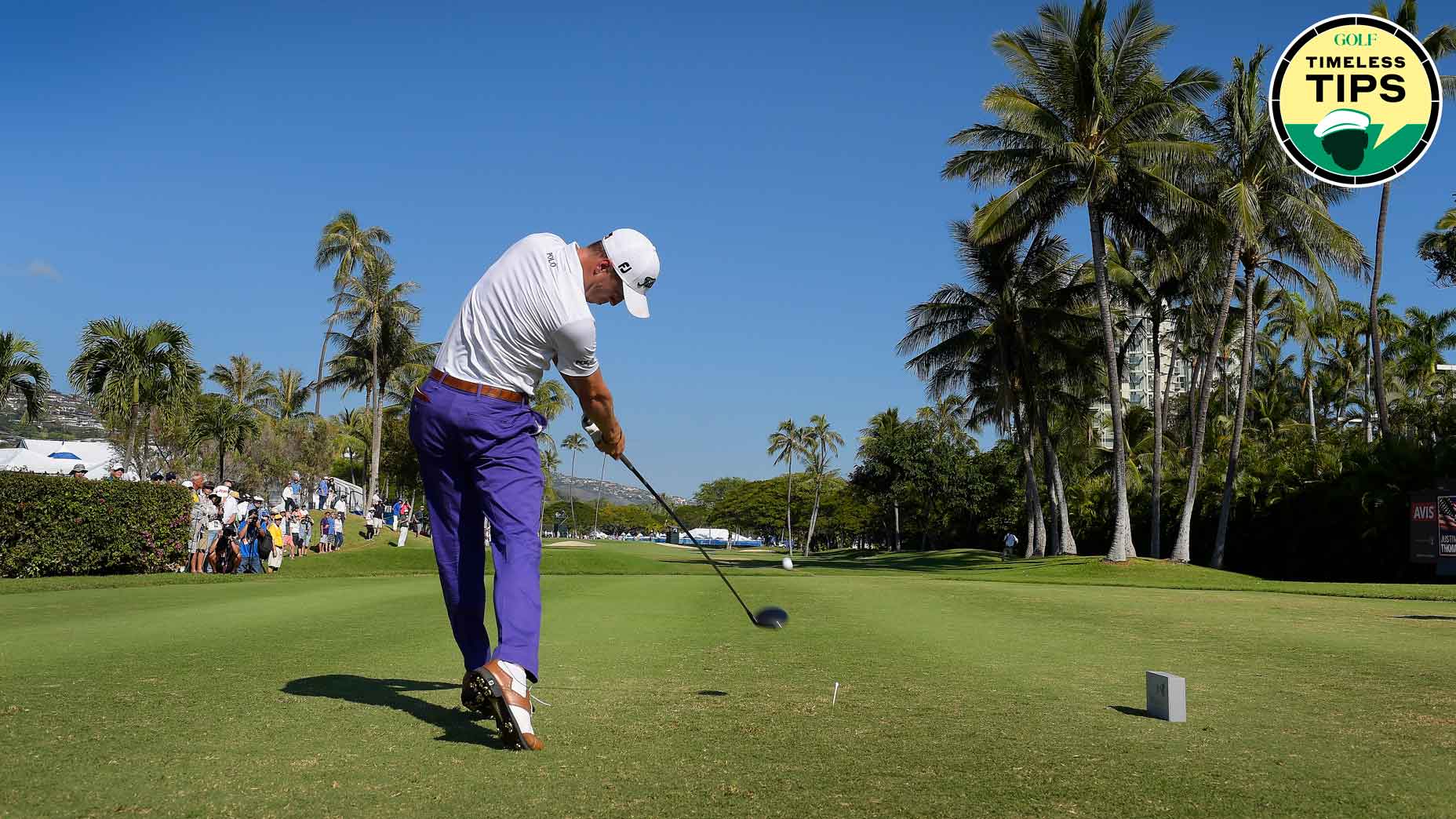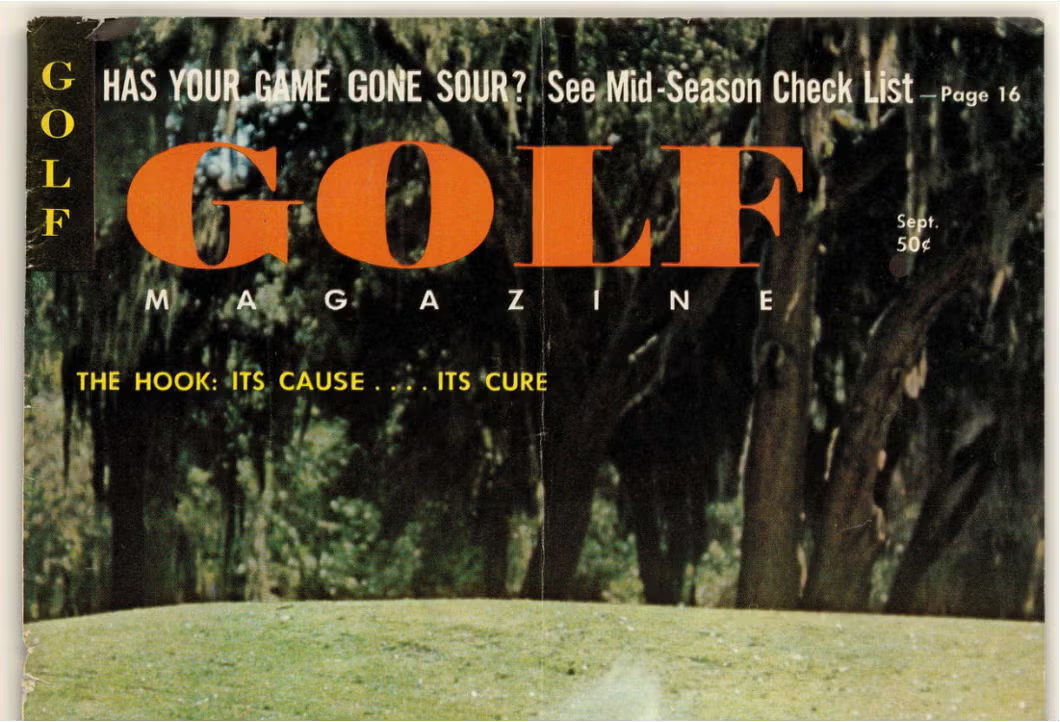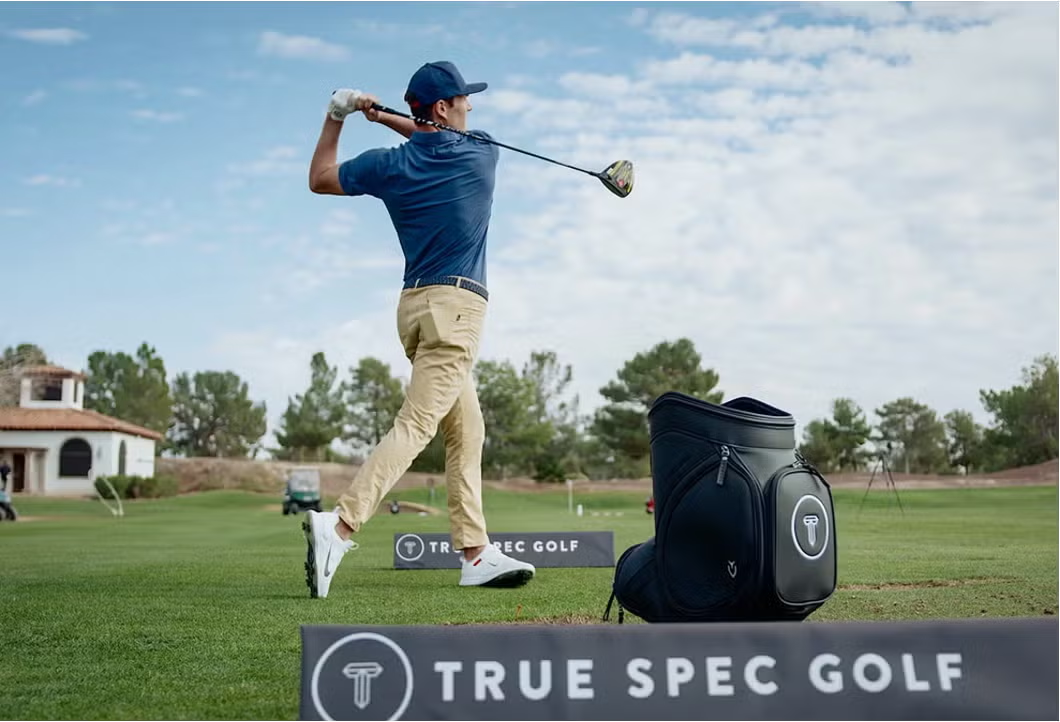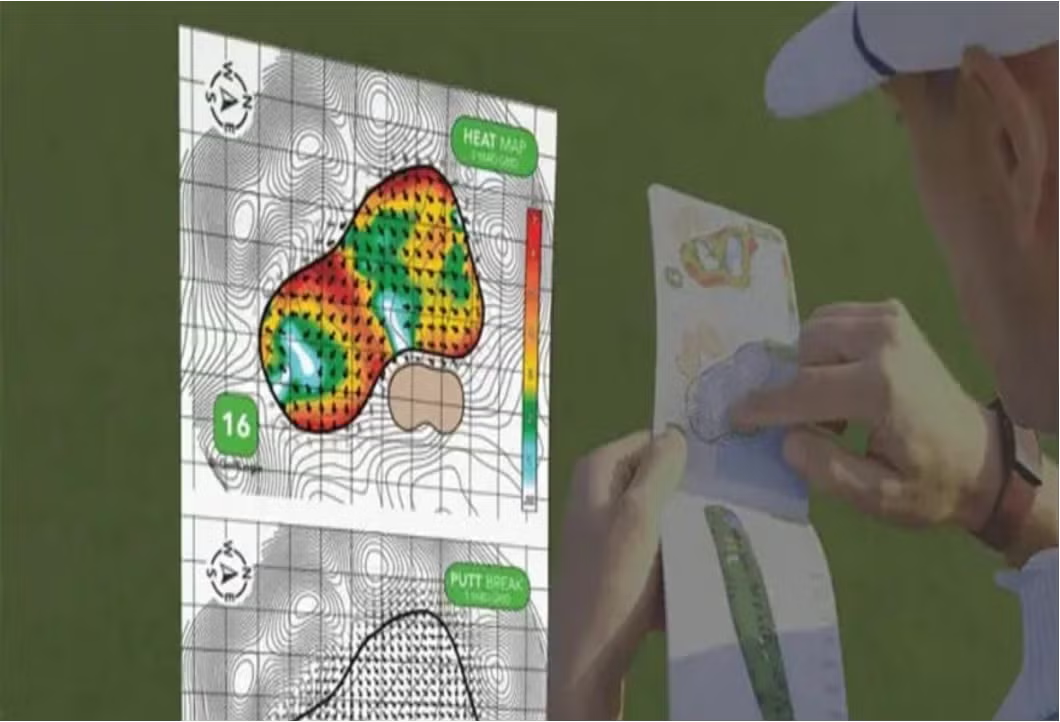Golf instruction is ever-evolving, but the best advice stands the test of time. In GOLF.com’s Timeless Tips, we’re highlighting some of the greatest advice teachers and players have dispensed in the pages of GOLF Magazine. Today we revisit Seve Ballesteros’ breakdown of how shortening his swing gave him more control off the tee, originally published in the October 1985 issue of GOLF Magazine.
Hitting the fairway off the tee is the first step in making birdies. If you want to take dead aim at the flagstick and stick it close, it’s a heck of a lot easier from the short grass.
Seve Ballesteros is best known for his short-game prowess and artistry around the greens, but his ability with the longer clubs is nothing to scoff at. On his way to five major titles, Seve leaned on his long game plenty.
One of the key ways the Spaniard started finding more fairways was shortening his swing to get a little more control with the driver. Back in 1985, Seve joined GOLF Magazine to share how he did it. Follow some of his tips, and you can start finding more fairways, too.
Seve’s keys for hitting more fairways
Most golfers like to be aggressive with their drivers. That’s okay, so long as their rhythm and tempo are in sync and they don’t go past parallel at the top of the backswing. But if the swing misses a couple of beats — as a result of over-swinging — the tendency is to speed up, which means tee shots that miss the fairway.
Anytime you swing the driver beyond the parallel position at the top, you run the risk of mistiming the uncoiling of the hips in the downswing. Since the drive must land in the fairway to set up an easy approach, shortening the swing off the tee makes good sense.
I recently faced these facts and decided to shorten my swing. The switch to a three-quarter action has made all the difference for me, and can for you, too.
It won’t come without some obvious changes. Your swing will feel effortless thanks to better timing. You’ll probably lose a little in distance but you’re bound to gain in accuracy, which means instead of hitting approach shots from the rough, you’ll be firing the ball at the flagstick from the fairway.
What follows is a comparison of my old and new swings with the emphasis on the key changes you must make to achieve a shorter action. The photographs show the shortened swing, which I’m sure will work for you as it has for me.
Address
Old swing: My stance was wide, and the right foot was set perpendicular to the target line. Maintaining these positions at address prevented the free coiling of my hips. I played the ball off my left toe and put more than half my weight on the left foot.
New swing: Stand narrower and fan out your right foot slightly. This will let you get a good turn in your lower body. Play the ball off your left heel. Set up with 55 percent of your weight on the right foot, which encourages your shoulders to turn instead of tilt and gets your weight to shift to your right side.

Takeaway
Old swing: I used to break my wrists early in the backswing. This fault forced me to pick the club up and swing it straight back or sometimes swing outside the target line. Consequently, I failed to shift my weight properly and brought the club up on too steep an angle.
New swing: Delay the wrist cock until your weight shifts fully to the inside of your right foot. This enables your arms, shoulders and the club to swing back in one piece. Now your weight shift is sound, and the flatter swing path ensures a good coiling action of both your upper and lower body.
First move up
Old swing: My body used to look contorted as I began swinging the club upward. In the lower body, knee action was restricted. From the waist up, I used to tilt toward the target, my left arm was bent too much and my right elbow “flew” away from my body.
New swing: Allow your upper and lower body to work as a team. Rotate your knees to the right and continue swinging the club on a flatter plane. Although you’re turning away from the ball, you’ll feel in control if you keep your head relatively still, left arm relaxed and right elbow close to your body.

At the top
Old swing: My weight stayed on my left side — creating, in effect, a reverse pivot — which encouraged the tilting of my shoulders and an improper coiling of my hips. My left arm was bent too much, causing my wrists to over-cock. As a result, the club dropped past parallel.
New swing: Shift the majority of your weight to the inside of your right foot and you’ll build upper-body torque — even with a shortened swing. Keep your left arm relatively straight to allow your wrists to cock properly. Now you’ll swing no farther than the three-quarter position.
First move down
Old swing: My body used to fight itself in the downswing because the reverse pivot allowed too much weight to remain on my right side. That meant I was unable to swing the arms freely, so my tendency was to “cast” — that is, release my hands too early.
New swing: Shift your weight back to the left foot as you swing the club back to the ball. A free-and-easy clearance of the left side — the left leg and knee — will enable your arms to swing freely. Keep your head behind the ball to prevent the lower body from getting overactive.

Impact
Old swing: My weight used to be on my right foot at impact, while the club’s angle of descent was too steep. Therefore, I was unable consistently to return the clubface squarely to the ball. More times than not, the clubface was open at impact, causing a wayward shot to the right.
New swing: Shifting your weight properly and returning the club from the inside enable you to swing your arms freely. This way you’re better able to time the release and make square clubface-to-ball contact. And the shallower angle of attack helps you sweep the ball and hit a lower, more controlled tee shot.
Latest In Instruction

Zephyr Melton
Golf.com Editor
Zephyr Melton is an assistant editor for GOLF.com where he spends his days blogging, producing and editing. Prior to joining the team at GOLF, he attended the University of Texas followed by stops with the Texas Golf Association, Team USA, the Green Bay Packers and the PGA Tour. He assists on all things instruction and covers amateur and women’s golf. He can be reached at zephyr_melton@golf.com.
